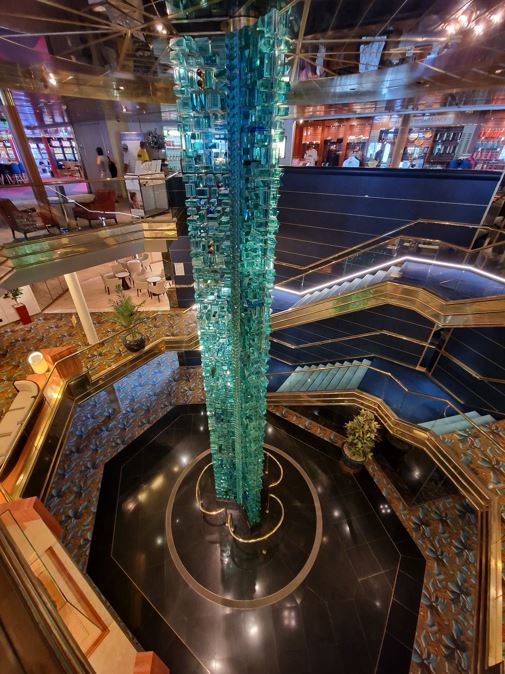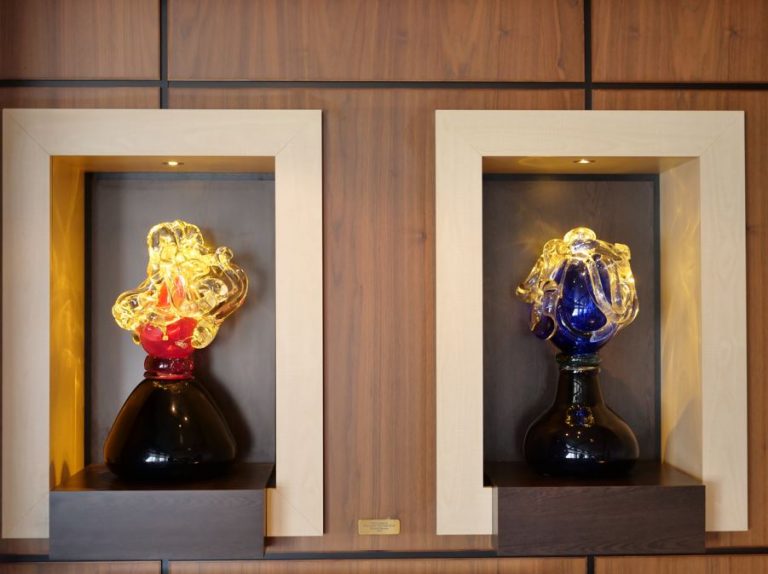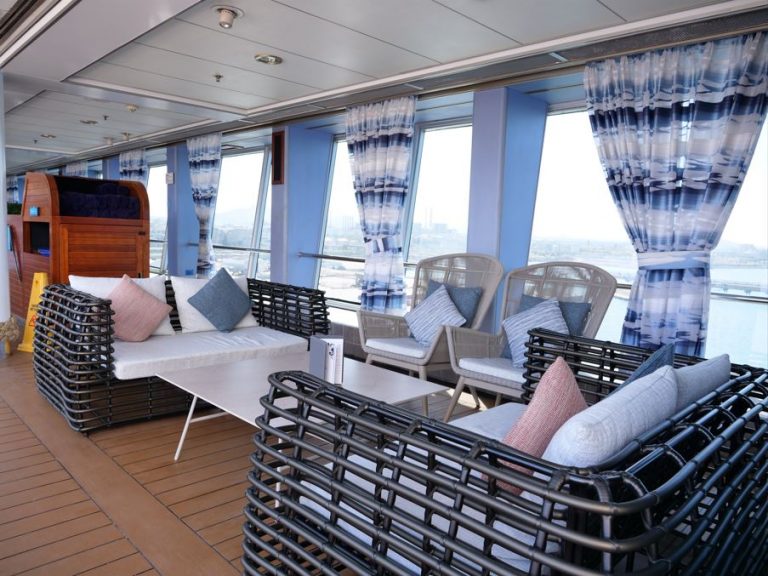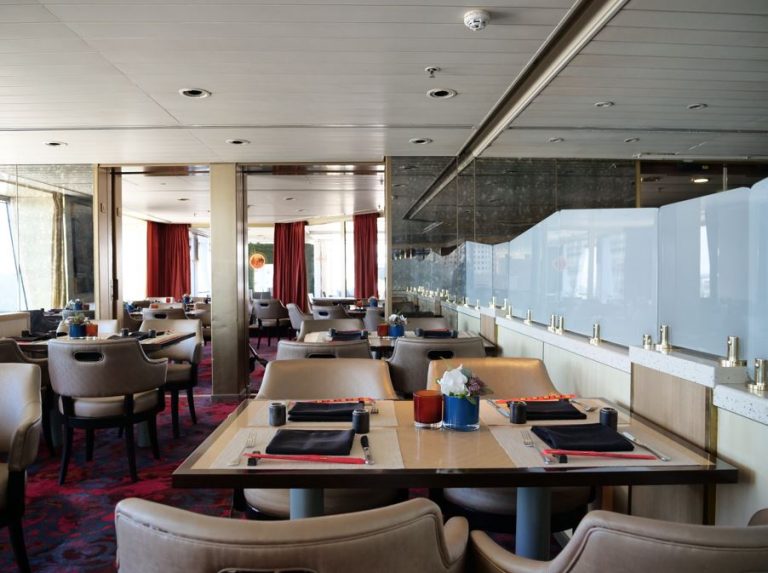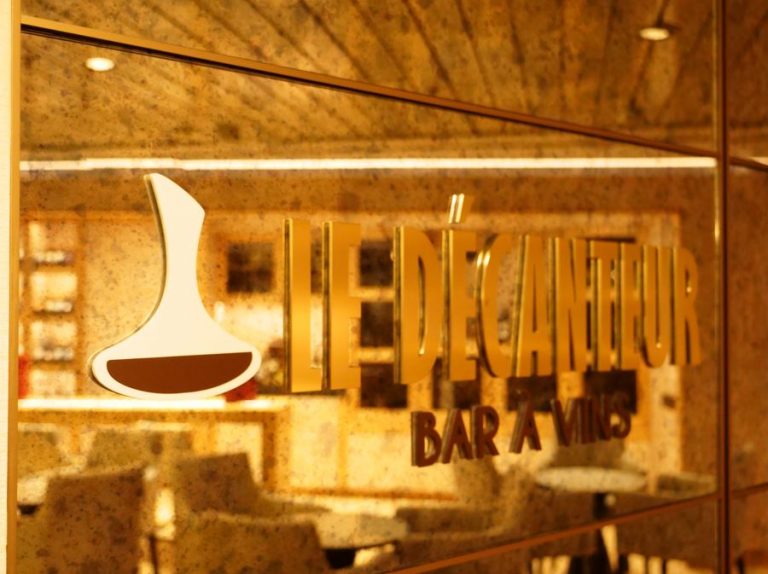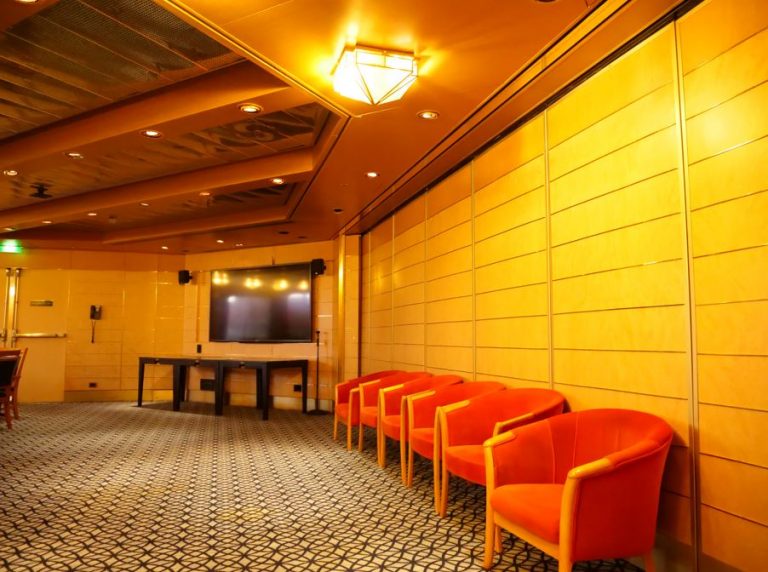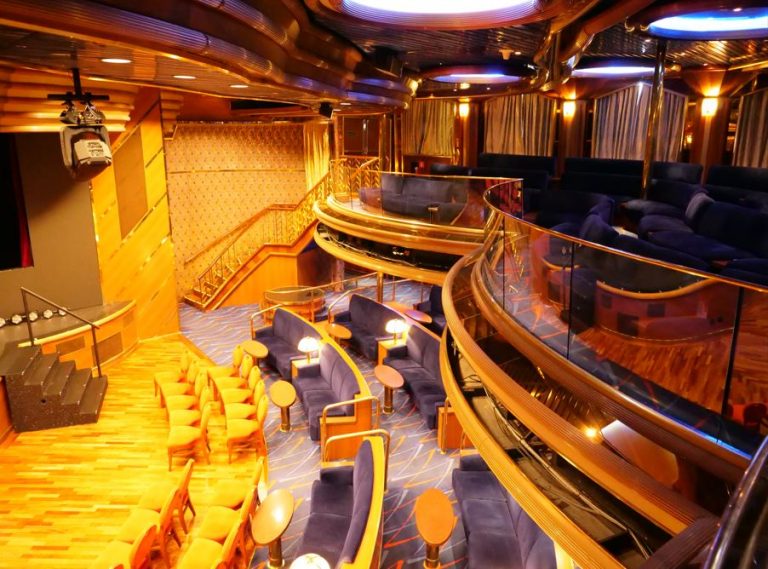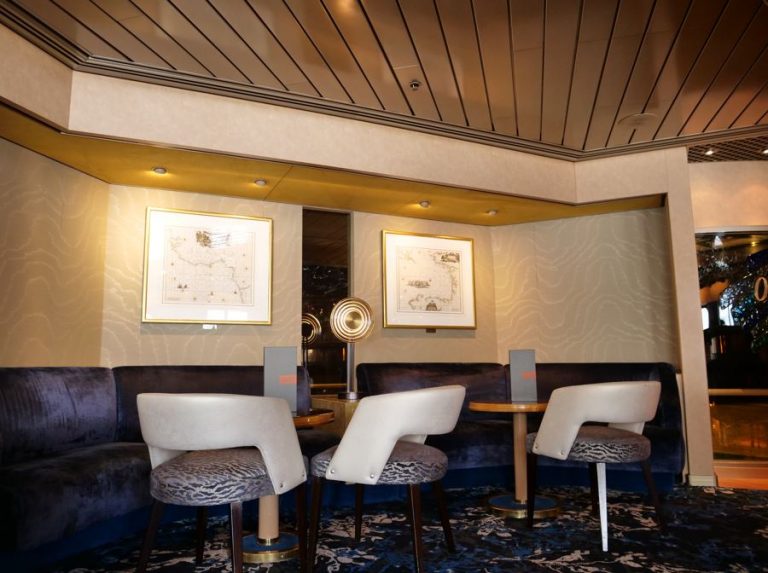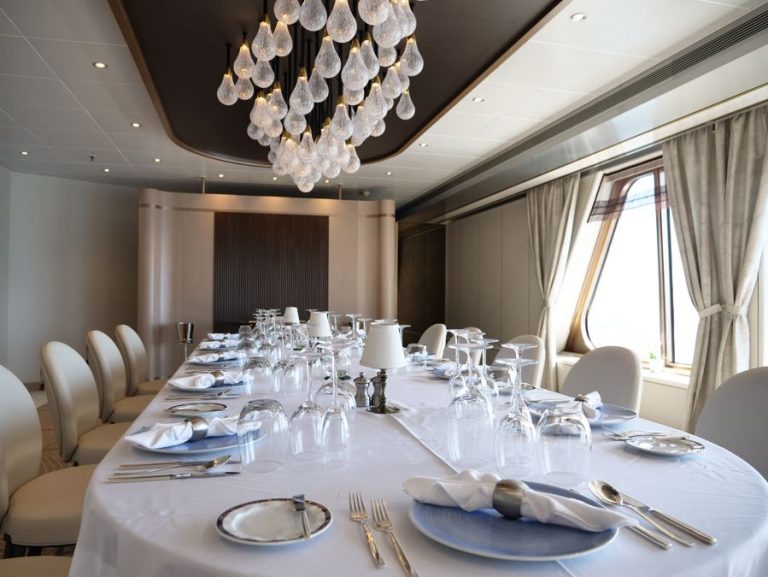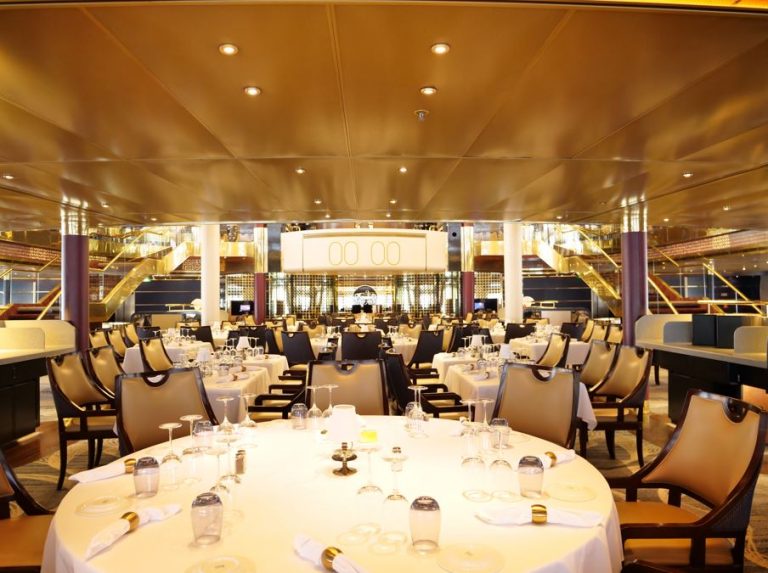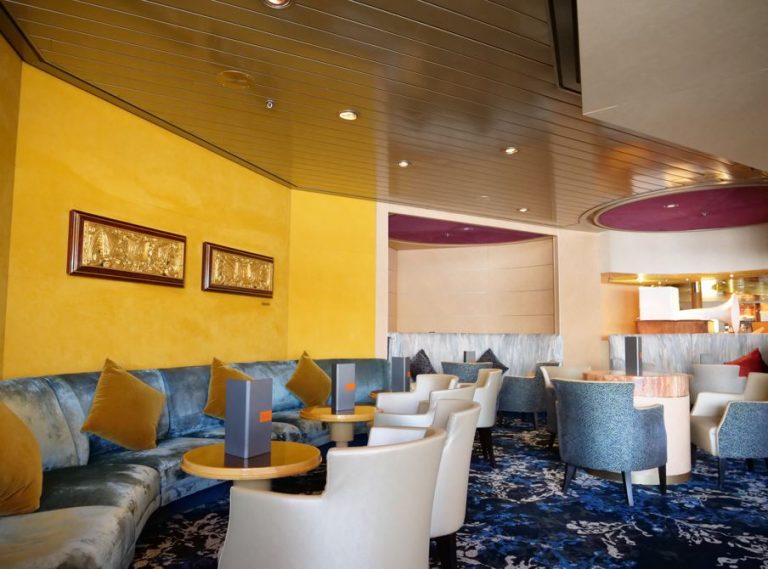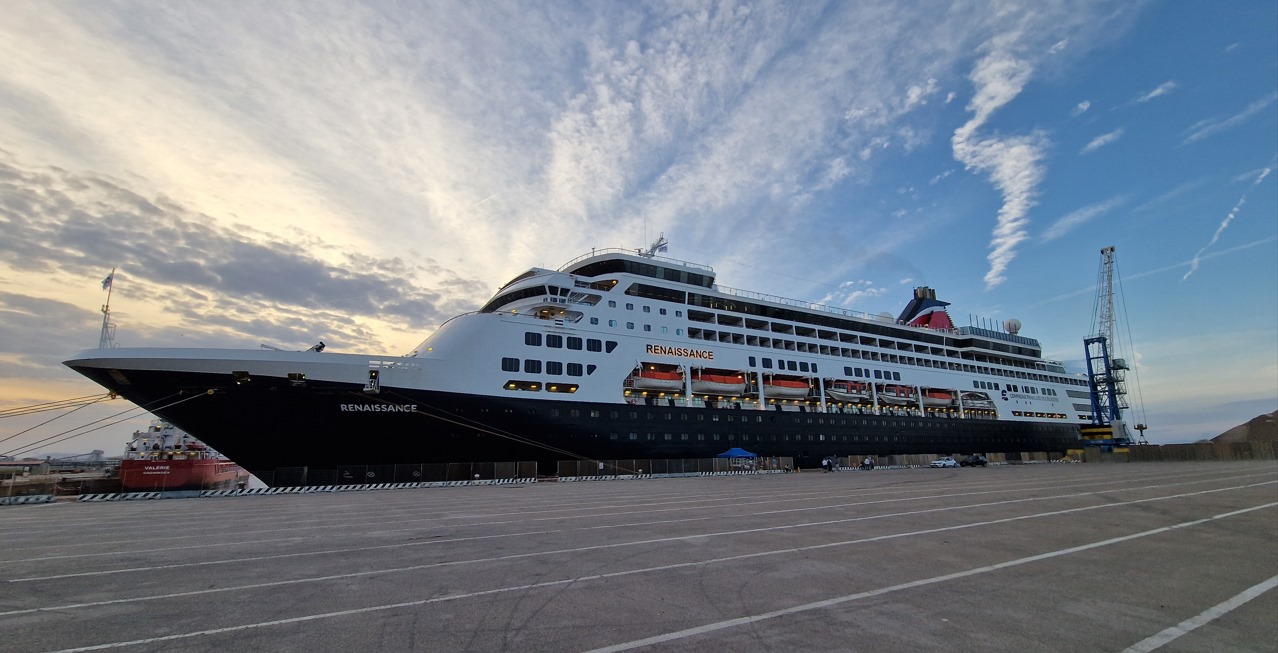CFC: Renaissance Makes Its Debut and Impresses
Compagnie Française de Croisières embarked on its journey last summer with its first fleet, Renaissance, showcasing a strong identity and a high-quality product.
In a time when, despite the pandemic-induced slowdown, dozens of new ships are launched every year, there’s a new initiative in the cruise market that stands out. It involves reviving beautiful ships, often with a rich history in the world of cruising, and bringing them back to life, offering the opportunity to enjoy vessels that undoubtedly deserve an extended lifespan.
Compagnie Française de Croisières not only accomplished this intriguing transformation but also invested a substantial 30 million euros in the refurbishment of a former prestigious Holland America Line ship. Furthermore, the company aimed to define a distinct cruise product, setting it apart from many other cruise lines while adhering to a well-defined philosophy.
Renaissance CFC
Renaissance CFC
The company’s name itself hints at its primary target market being the French-speaking one, encompassing not only France but also various European regions like Belgium, Luxembourg, Switzerland, and even Canada. Some groups from Canada have already embarked on journeys during the inaugural summer and autumn season. Compagnie Française de Croisières’s project also stands out for another significant characteristic: it centers around France as a homeport and exclusively offers no-fly cruises, meaning all trips start and end at French ports. This approach further strengthens the company’s ties to the country, offering a diverse selection of embarkation ports, ranging from the North Atlantic (Le Havre) to the Mid-Atlantic (Bordeaux) and all the way to the Mediterranean (Marseille).
Choosing French ports as homeports doesn’t necessarily mean offering only short itineraries. On the contrary, there is a wide range of options, from quick mini-cruises to experience the new Renaissance or enjoy a simple weekend getaway to extended voyages that take passengers from France to Northern Europe and Canada on one side, and to the far south of the Mediterranean and even Africa on the other.
Renaissance CFC
Renaissance CFC
The refurbishment work has breathed new life into the old Maasdam, striking a balance between necessary modernizations and the preservation of the original structure, including precious pieces of furniture and the ship’s unique exterior style, characterized by two spacious pools and numerous interior spaces. The chosen name for the ship, Renaissance, has certainly been upheld, giving a “rebirth” to the first vessel of the fleet and allowing it to reengage with new cruisers in a more modern travel style. The onboard atmosphere is very casual, with various dining options and flexible meal times.
Renaissance can be described as a medium-sized ship today, with just over 55,500 tons of tonnage and 629 cabins, accommodating approximately 1,100 passengers served by a crew of 520 people. Nearly 100 cabins are dedicated to solo travelers and are provided at no additional cost. The refitting work has significantly improved all cabins, with deep renovations that encompass everything from carpeting to bathrooms and the inclusion of minibars. 80% of the cabins are exterior, with 140 having private balconies, and there are 29 suites, each with a dedicated concierge lounge.
Renaissance CFC
Renaissance CFC
Considerable attention is given to onboard dining, with a significant budget allocated for this purpose. Quality and variety are the key words, resulting in an extensive buffet restaurant and a constantly changing menu at the main restaurant, in addition to opportunities offered by specialty restaurants.
Renaissance’s interior spaces revolve around a three-deck atrium (Decks 6 to 8) featuring a large glass sculpture at the center of the stairs. This space, known as the “Le Grand Foyer,” houses the reception, the excursion office, several boutiques, lounges, and conference rooms. Most other guest spaces are located on Decks 7 and 8. Forward, there’s the elegant and welcoming La Belle Epoque theater with 667 seats where passengers can enjoy different shows every evening.
Renaissance also boasts a spacious casino, completely renovated during the refitting, with various tables and numerous slot machines. The onboard dining includes five restaurants, such as the Grand Restaurant Vatel (the main restaurant), the Table du Chef (offering an exclusive culinary experience for 12 guests), and two specialty restaurants, Louchébèm and Saïgon, which require a modest supplement. Additionally, the ship features a large buffet called Belle-Ile with numerous indoor tables in well-lit and spacious areas, as well as the option to use the beautiful outdoor terrace with a great sea view.
Renaissance CFC
Renaissance CFC
Renaissance CFC
Some interior spaces are particularly elegant, like the Café Bibliothèque Les Explorateurs, where you can browse through numerous libraries and immerse yourself in a relaxing and immersive atmosphere. The Oceans Bar is another elegant space, featuring precious mementos from old French transatlantic liners, reminiscent of the history and beauty of past maritime journeys.
Renaissance’s interior spaces always offer hidden corners and small oases of tranquility, which, especially during leisurely days at sea, are a pleasure to discover and escape to. The aft pool is a real highlight of this class of ships, a genuine scenic platform overlooking the sea, with ample space for sun loungers and tables, making passengers feel truly connected to the ocean.
The ship offers wellness spaces, a gym, a spa with treatment rooms, massages, and a thermal area with a hot tub, hammam, sauna, heated chairs, as well as an indoor relaxation room and an outdoor terrace. Most services, except for treatments, are provided free of charge to all guests.
Renaissance CFC
Renaissance CFC
We appreciate Compagnie Française de Croisières‘ project for two main reasons. Firstly, it has established a clear identity and a cruise philosophy that, while not suitable for everyone, is firmly defined and consistent. Today’s cruise market is vast and diverse, and launching a product without a clear marketing purpose would be challenging. The second aspect we particularly appreciate is the company’s commitment to bringing back ships that have shaped the history of cruising, with the ability to preserve their nature. Moreover, as we have observed on board, the dedication to the French market doesn’t in any way hinder guests of other nationalities from enjoying a cruise with Compagnie Française de Croisières, as a significant portion of the crew is proficient in English. The French ambiance on board becomes an integral part of discovering French culture and the country itself, immersing passengers in this unique identity during each port visit.
For further information, tips, and reviews about Renaissance and Compagnie Française de Croisières, visit Cruising Journal, with opinions, photos, and special cruise offers.

